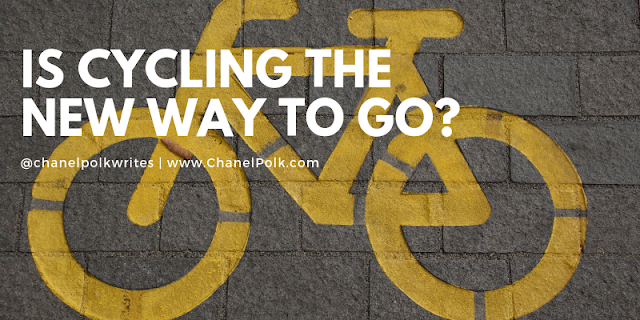Is Cycling the New Way to Go?
Originally published in 2007.
Getting motorists to leave their cars in the driveway and to strap on a bicycle helmet instead requires the creation of a new culture that embraces the bicycle as a major mode of travel.
The Chicagoland Bicycle Federation, Environmental Protection Agency, city planners and other groups assembled at Modeshift, an annual conference in Chicago, to take on the daunting task of developing ways to encourage the public to decrease their dependency on vehicles, to change their perception of cycling, and to share success stories of communities that have embraced the bicycle as a clean and economical.
Although vehicle emissions are declining nationwide, the Midwest is consistently problematic and is still not meeting ambient air quality standards according to Frank Acevedo, Environmental Protection Specialist for the Environmental Protection Agency. Clearing the air requires a big lifestyle change.
“People are more aware and it helps that we are facing an increase in the cost of gasoline. I think people take lightly how each person contributes but it has a cumulative effect,” he said.
“People are more aware and it helps that we are facing an increase in the cost of gasoline. I think people take lightly how each person contributes but it has a cumulative effect,” he said.
Within the next 20 years the Chicagoland Bicycle Federation along with the city of Chicago as part of the Chicago Bike 2015 Plan, seeks to implement programs that will help reduce accidents involving cyclists and pedestrians by 50% and to encourage the public to take trips of five miles or less by bicycle in efforts to reduce tailpipe emissions and combat obesity among other goals.
The Federation plans to get at least 26% of the children in the Chicagoland area to walk or ride bikes to school in the next 20 years. Federally funded Safe Routes to School programs implemented in area schools and community groups have proven successful. According to Melody Geraci, Director of programs for the Chicagoland Bicycle Federation, Safe Routes to School is changing modes of travel for an entire generation.
“We want to get kids when they are young and show them different. Oftentimes parents will follow,” she said.
Competition between motorists and cyclists for the limited space that exists on the city streets has created ongoing tension between the two groups and sometimes becomes deadly. Matthew Lynch, a 29-year-old cyclist and owner of a catering business was accidentally struck by an SUV and killed as he cycled through an intersection against a red light while participating in the “Tour Da Chicago”, an unofficial street race. Incidents such as these have a significant impact on the perception of cycling.
“[The Tour Da Chicago] is atypical; it is not your normal situation. They are not people who are riding to work and the race competes with traffic,” says Margo O’Hara, Director of Communications for The Chicagoland Bicycle Federation.
In efforts to increase safety for cyclists, the Chicago City Council Committee on Traffic Control and Safety approved ordinances in March that will require fines to be paid by motorists who turn left in front of a cyclist, for passing a bicyclist with less than three feet of space and opening a vehicle door in the path of a bicyclist in addition to fines for motorists who park or stand in vehicle lanes. Fees begin at 50 dollars but can increase to 500 dollars if a bicycle crash occurs during the violation.
“Matt’s death is very sad. We encourage cyclists to be safe when traveling on the road and to remember that you are responsible for yourself and the people around you. It presents us with the opportunity to present the message of safe cycling again,” O’Hara said.
Author: Chanel Polk
Author: Chanel Polk




Comments
Post a Comment